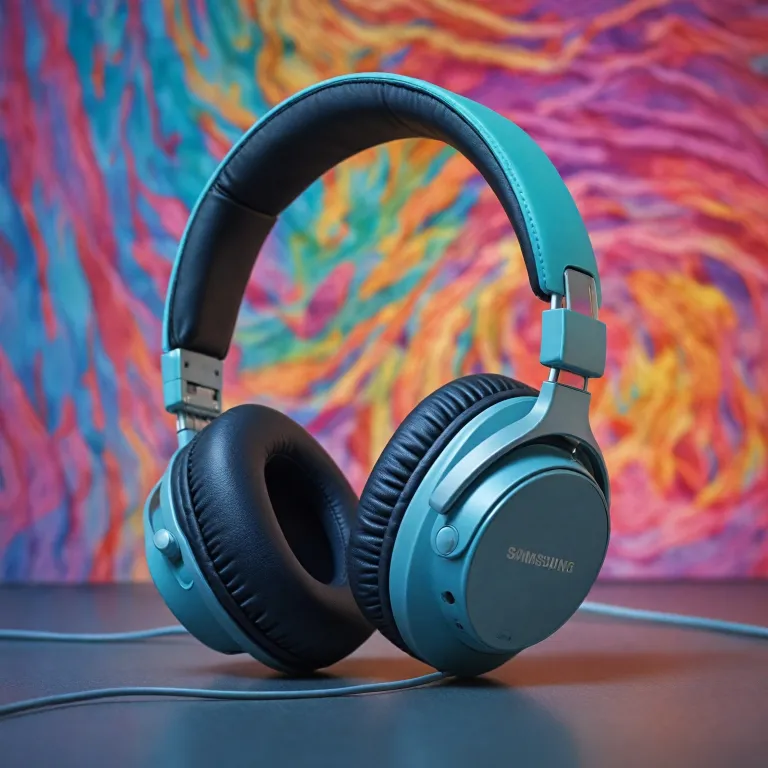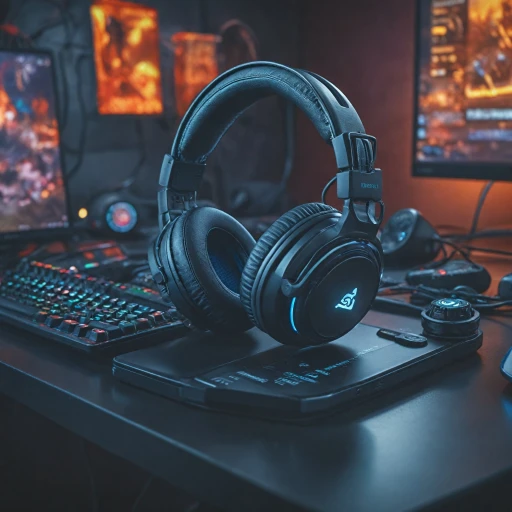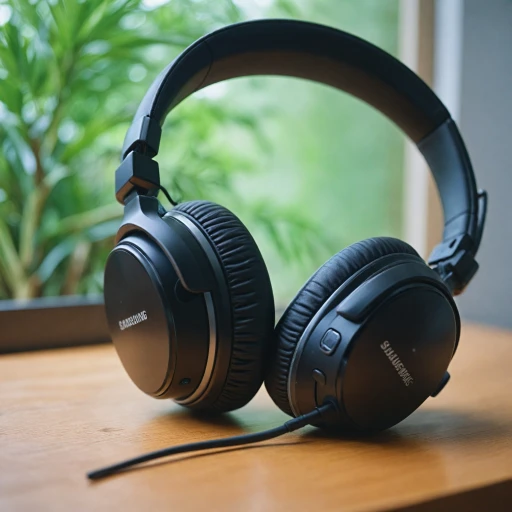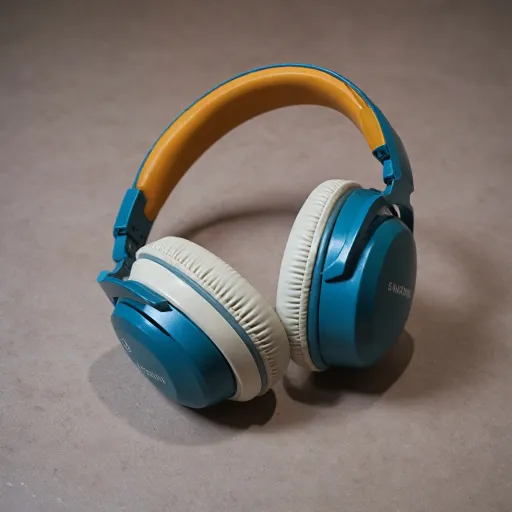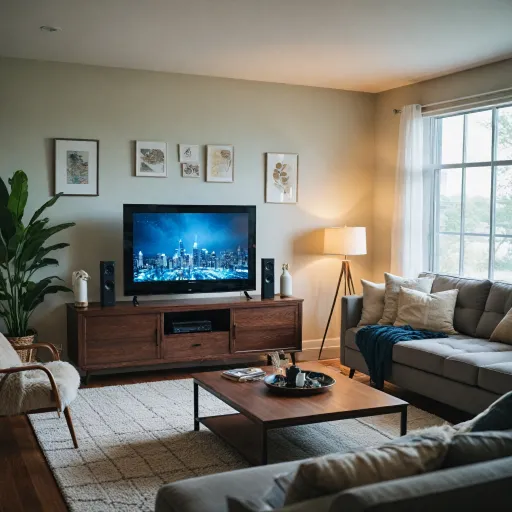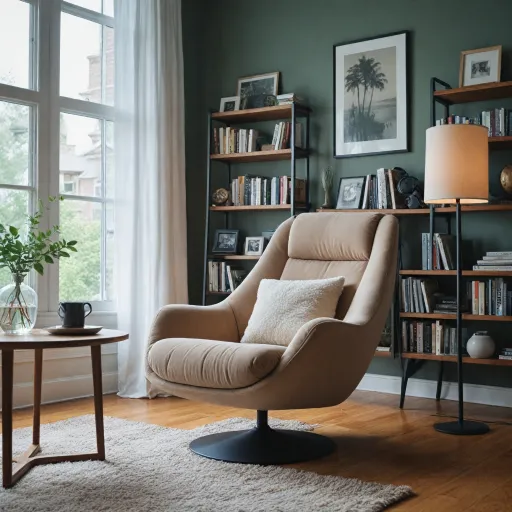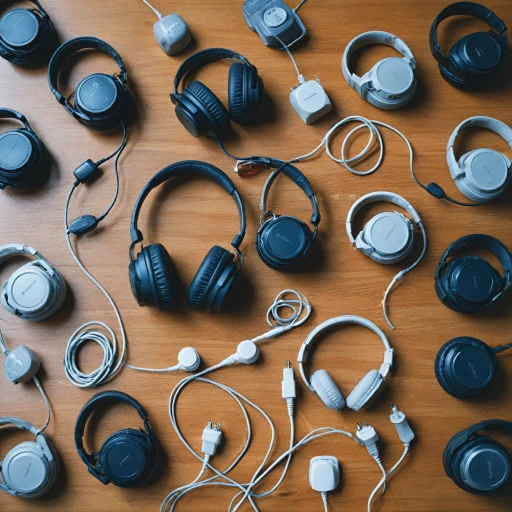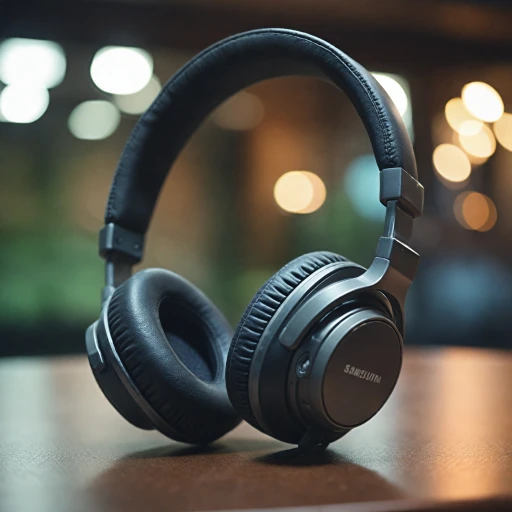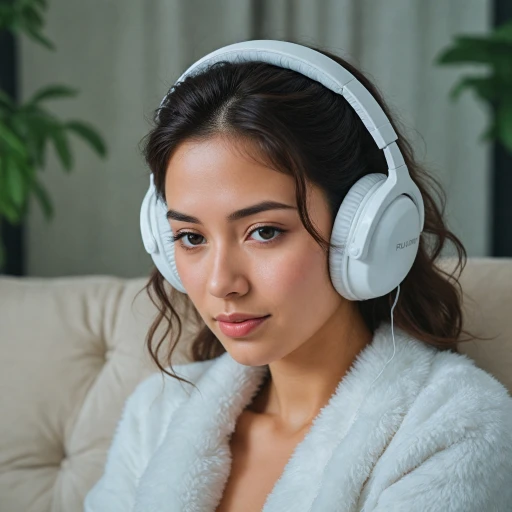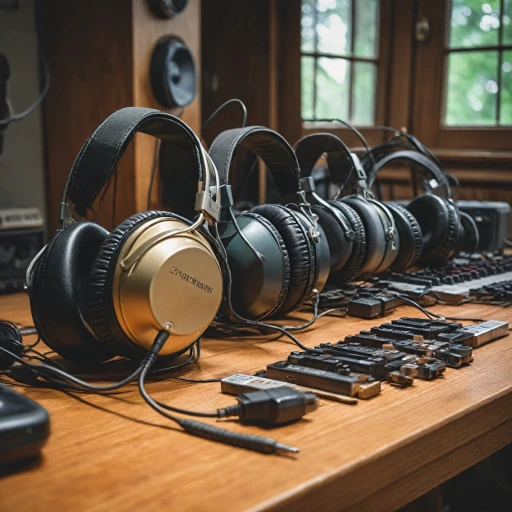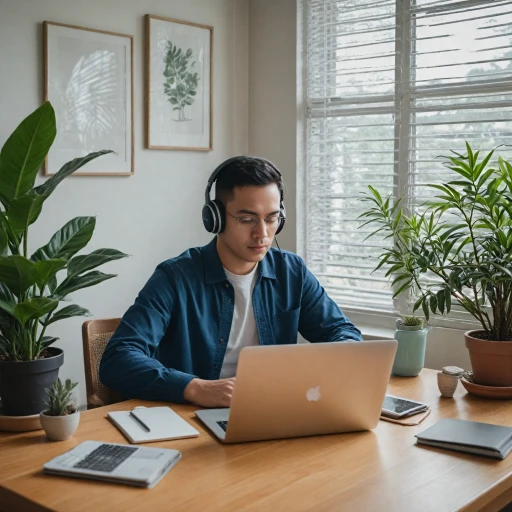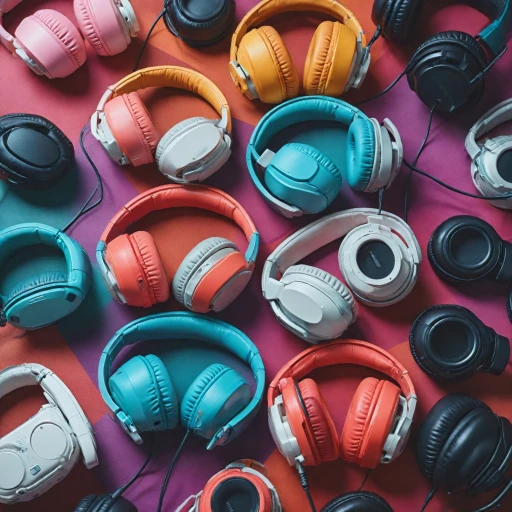
How Noise-Canceling Works
The Mechanics Behind Cancelling Unwanted Sounds
Understanding how noise canceling works is essential for anyone considering purchasing a pair of headphones with this feature. At its core, reducing unwanted sound involves using specific techniques and technology to create a more peaceful audio experience. To achieve this, noise-canceling headphones use an integrated system composed of tiny microphones and speakers. These components detect ambient noise from the environment and generate an "anti-noise" signal. Essentially, the headphones listen to sound frequencies around you and produce an opposite frequency. When these two sound waves meet, they effectively cancel each other out, significantly reducing noise. This phenomenon is often referred to as active noise control and is at the heart of the noise-canceling technology widely used today. The technology also varies in its effectiveness and cost. More sophisticated systems may include multiple microphones strategically placed to capture a wide range of frequencies. These are typically found in higher-priced headphones, considered superior solutions for significant noise reduction. You will find these systems to be especially effective in environments like work offices, shipping areas, or even rooms lounges where constant noise can be a distraction. While these systems are highly rated for noise reduction, they do come with challenges, such as ensuring the audio remains clear when the noise is canceled. It's important to understand these nuances when exploring options to cancel unwanted sound and to fully appreciate how this technology can enhance sound management in various applications. For those interested in finding the ideal closed-back headphones for noise cancellation, consider exploring additional options that suit your needs more precisely.Types of Noise-Canceling Headphones
Exploring the Various Types of Noise-Canceling Headphones
When considering noise-canceling headphones, it's important to understand that there are different types available, each employing distinct technologies to achieve sound management. The two main categories include active noise-canceling headphones and passive noise-canceling headphones.
Active Noise-Canceling Headphones
Active noise-canceling (ANC) headphones are designed with built-in microphones and specialized electronics that create anti-noise sounds to effectively reduce unwanted ambient noise. By generating sound waves that mimic the incoming noise signals, these headphones aim to cancel sound through interference, offering a superior audio experience in noisy environments such as offices and during shipping. This type of noise control technology is particularly advantageous when traveling or working in busy work environments.
Passive Noise-Canceling Headphones
Unlike their active counterparts, passive noise-canceling headphones rely on soundproofing materials and design elements to block out external sound sources. Features such as thick padding and tightly sealed ear cups help to muffle background sounds, providing a quieter and more immersive listening experience. While they may not offer the same level of noise reduction as ANC systems, passive options often come at a lower cost, making them a practical solution for those with budget constraints.
For more comprehensive insights into enhancing your sound experience, you can explore this guide to noise-canceling headphones which can be particularly useful when dealing with specific applications.
In the race to create the most effective sound management solutions, manufacturers continue to innovate, offering a wide range of options tailored to different needs and applications, from rooms lounges to outdoor environments. It's crucial to consider the environment and application when selecting the headphones that best meet one's requirements.
Benefits of Using Noise-Canceling Headphones
Advantages of Adopting Noise-Canceling Headphones
Noise-canceling headphones deliver a plethora of benefits, making them an increasingly popular choice for a wide range of environments. Their capacity to effectively reduce unwanted sounds and enhance audio quality transforms the listening experience, appealing to various applications and consumers.
- Enhanced Audio Experience: With the technology to cancel sound by eliminating ambient noise, these headphones allow users to indulge in superior sound quality. This is particularly advantageous for audiophiles and those seeking immersive listening experiences.
- Improved Concentration: In work environments and office settings, noise-canceling headphones can serve as effective tools for noise control. By quieting disruptive sounds originating from busy surroundings, such as open office spaces or shared lounges, they help individuals maintain focus on tasks, increasing productivity.
- Travel Companion: For commuters and frequent travelers, active noise cancellation offers a peaceful traveling experience. Whether on public transit or long-distance flights, the headphones reduce constant background noise like the hum of engines or chatter, allowing users to enjoy tranquility.
- Health Benefits: Prolonged exposure to noise pollution can lead to heightened stress and health concerns. By providing noise reduction, these headsets often contribute to a more relaxed state, potentially reducing stress levels and enhancing concentration.
- Diverse Application: Noise-canceling headphones find utility across professions and personal spaces. From busy shipping rooms to relaxed lounges, their ability to manage sound appeals to diverse user groups.
While acknowledging the above benefits, it's essential to consider that the price and cost associated with acquiring top-rated models could be significant, reflecting their complex technology and robust features. Therefore, evaluating necessity against cost, performance, and user application is crucial when deciding on a purchase. Many retailers offer free shipping, adding value to premium models available in the market.
Challenges in Noise-Canceling Technology
Overcoming the Hurdles in Sound Management
Though noise-canceling technology in headphones offers a superior solution for noise reduction, it's not without its challenges. The effectiveness of this technology can vary depending on the sound source and the environment in which it's used. In work environments like offices or rooms lounges, the constant ambient noise is effectively reduced, enhancing the listening experience.
However, the technology struggles with sudden, abrupt noises. Active noise-canceling systems rely on microphones and cancelling speakers to detect and counter the unwanted sound. If the noise pattern changes rapidly, the system may not adapt quickly enough, affecting noise control. This can be problematic in environments with fluctuating sound levels.
Another challenge is the cost associated with noise-canceling headphones. High-rated models often come with a substantial price tag, as the technology requires advanced signal processing and high-quality components. While this price might deter some, it’s crucial to weigh the benefits against the investment, particularly for those in demanding applications like construction or shipping, where sound management is critical.
A further issue to consider is the energy consumption of active noise-canceling headphones. Active systems require a power source to operate, impacting battery life. Though manufacturers are continuously improving battery efficiency, users might find themselves needing to recharge more frequently compared to traditional headphones.
Finally, the physical comfort of wearing these headphones for extended periods can be a concern. Though designed to fit snugly, some users may find them cumbersome, especially in extended use settings such as long flights or prolonged work sessions. It's imperative to try different models to find the right fit and ensure a balance between effective noise cancellation and comfort.
With these challenges in mind, potential buyers should consider their specific needs and work environment to choose the most appropriate model. Remember, each brand offers a wide range of options, promising varied results, so it's worth exploring these in detail before making a decision.
Choosing the Right Noise-Canceling Headphones
Factors to Consider When Choosing Noise-Canceling Headphones
When selecting noise-canceling headphones, it's essential to consider several factors to ensure you find the right solution for your needs. The market offers a wide range of options, each with unique features and price points. Here are some key aspects to keep in mind:
- Type of Noise-Canceling Technology: As discussed earlier, there are different types of noise-canceling systems, including active and passive. Active noise-canceling headphones use cancelling speakers to reduce ambient noise, providing a superior sound experience. Consider which type best suits your environment, whether it's a busy office or a quiet home.
- Sound Quality: The quality of sound is paramount. Look for headphones that offer clear and balanced audio. Some models are specifically rated for their sound management capabilities, ensuring an immersive listening experience.
- Comfort and Fit: Since you'll likely wear these headphones for extended periods, comfort is crucial. Check for adjustable headbands and cushioned ear cups that fit well without causing discomfort.
- Battery Life: Active noise-canceling headphones require power to function. Consider the battery life and whether the headphones offer quick charging options. This is particularly important for frequent travelers or long work sessions.
- Price and Value: Noise-canceling headphones come in a wide range of prices. While cost is a significant factor, it's essential to balance price with the features offered. Look for models that provide free shipping or additional warranties to enhance value.
- Additional Features: Some headphones offer extra features like touch controls, voice assistants, or customizable noise control settings. Evaluate these based on your preferences and how they might enhance your overall experience.
By considering these factors, you can make an informed decision and choose headphones that effectively cancel sound, offering a peaceful and enjoyable listening experience in various applications, from work environments to rooms lounges.
